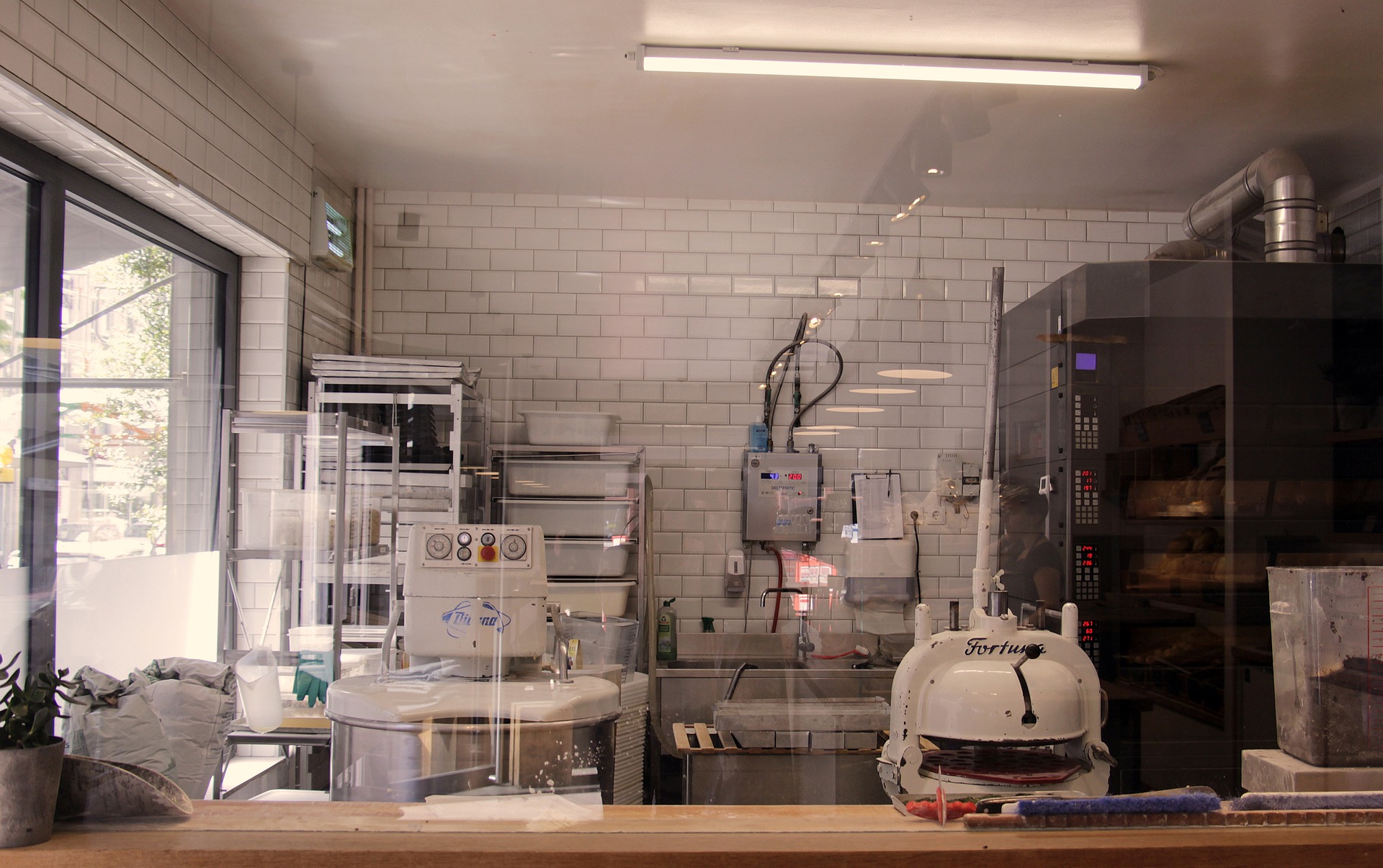High technologies and scientific discoveries in the food industry have a positive impact on strengthening and developing of business. Innovations help to use raw materials more efficiently and optimize work processes. There are several ways to improve not only the quality of the finished product but also increase profits, and you can see some of them below.
Piece smoking and radioactive radiation
Artificial smoking is an alternative to the traditional smoke processing of products. It allows you to greatly reduce the amount of time and materials needed to prepare for the procedure and carry it out. With artificial smoking, spices and liquids must be added directly to meat or fish. The decrease in the speed of the process is caused by the influence of an electric field on the prepared composition. This reduces the smoking period from 3-5 days to 10 minutes.
Another innovation is radurization or radioactive irradiation. It destroys pathogenic bacteria, shortens the ripening period of fruits, and slows down the germination of vegetables. This procedure is actively used for processing spices for drying. The radurization effect resembles the effect of heat treatment and does not lead to a change in the appearance and taste of products with an extended shelf life. Various studies conducted by the World Health Organization and the United Nations have shown that this technology has no adverse effects on the human body.

UV and IR processing
Ultraviolet light is used to disinfect dairy products, bulk goods, and water. The advantages of this method include:
- It destroys all known microorganisms that cause spoilage of products.
- It has a positive impact on the environment.
- Unlike chemical reagents, this method preserves the composition of products.
- It affects the DNA cells of pests at a wavelength of 265 nm.
Studies conducted at factories in Western countries have shown that UV treatment reduces the number of thermophiles and bacteriophages by more than 99%.
Infrared heating in the food industry is used to fry, dry, bake, and smoke foods, as well as to activate biochemical reactions. IR processing helps to preserve vitamins and active biological substances in products without changing their taste and color. People can use this method to make products without any preservatives and chemical additives. Dried raw materials, when soaked, completely restore their organoleptic and other indicators.
Dielectric and induction heating
An alternating electric field is microwave heating, also named high-frequency heating. The advantages of this method include:
- it increases the heating;
- it prevents the loss of nutrients and vitamins;
- it is economical to use;
- it produces thermal unevenness.
Using the method of dielectric heating, you can completely extract oils from raw materials, preserving their biological and nutritional value.High-frequency heating is used in the confectionery and baking industries to disinfect grain crops and improve their quality. This method also helps with the processes of defrosting, extracting, and baking products.
The induction method is suitable for processing products with increased moisture content. The method is implemented through an alternating magnetic field.The energy is distributed directly in the products, thereby causing their intense heating. The use of such installations is not very common due to their high cost and complexity. However, the innovative IT field has many significant economic opportunities, which means that this method can be actively developed and expanded in the future.
